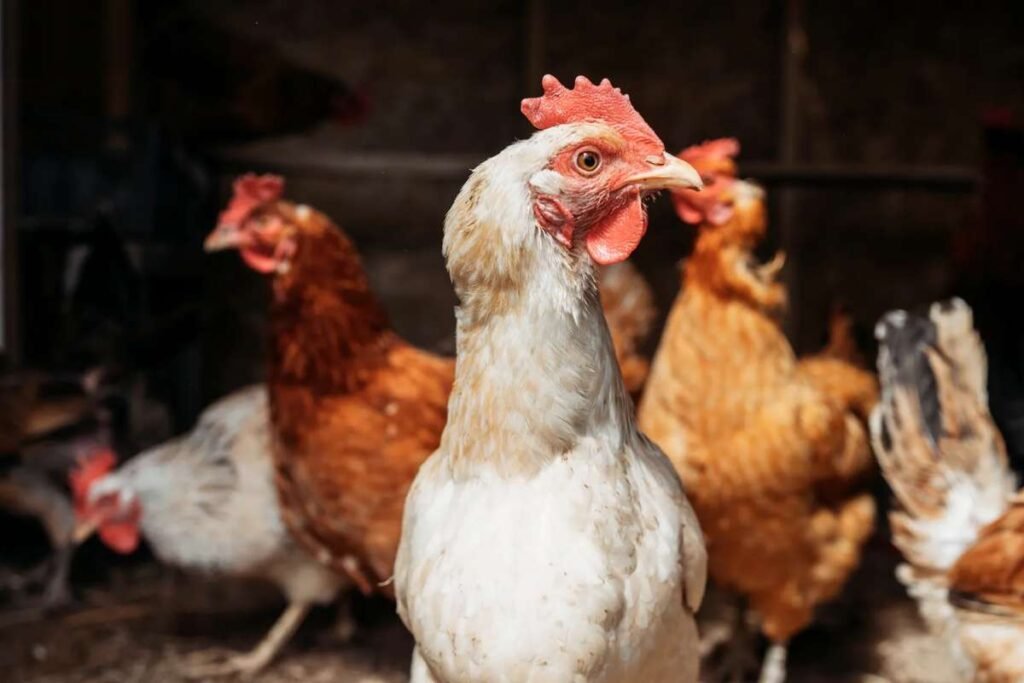California has declared a state of emergency in California in response to the spread of bird flu, which is now affecting dairy cows in the state and has caused illnesses in some people across the U.S. The avian influenza virus, commonly known as bird flu, has been spreading among wild birds, farm poultry, and various mammal species.
The virus, identified as Type A H5N1, was detected in U.S. dairy cattle for the first time in March. Since then, bird flu has been found in approximately one-third of U.S. states. Officials are closely monitoring the outbreak, which has led to an increased number of cases, though most human infections have been mild.
The U.S. Centers for Disease Control and Prevention (CDC) reported that one person in Louisiana was hospitalized with the nation’s first severe illness caused by the virus. In response, California Governor Gavin Newsom declared a state of emergency to expedite state-level actions and mobilize resources to combat the outbreak.
Emergency in California Testing Reveals Spread Across Dairy Farms
Emergency in California officials have been conducting extensive testing of milk tanks, finding the virus in hundreds of herds. Initially detected in the state’s Central Valley in August, the virus has now spread to Southern California dairy farms.
The state of emergency in California declaration aims to allow government agencies to take faster and more coordinated action to mitigate the spread of the virus, which has caused significant disruptions in the agriculture sector.
Risk to the General Public
Public health officials have reiterated that the risk to the general public remains low. According to the CDC, there have been no reports of person-to-person transmission, and there is no evidence suggesting that the virus has mutated to spread more easily among humans.
Flu experts remain cautious, noting that flu viruses are constantly mutating. Even minor genetic changes in the virus could significantly impact its transmissibility or severity. While it is too early to predict the trajectory of the outbreak, vigilance remains crucial.
Increase in Severity of Cases
The first severe case of bird flu in the U.S. was reported in Louisiana. The patient, who is over 65 years old and has underlying health conditions, developed severe respiratory symptoms after exposure to a backyard flock of sick birds. This case marks the first confirmed U.S. infection associated with backyard poultry.
Earlier U.S. cases, which totaled about 60, were primarily mild and occurred among farmworkers exposed to infected dairy cattle or birds. In a few instances, such as cases in Missouri and California, health officials have been unable to determine the source of infection.
Global data underscores the severity of the virus. According to the World Health Organization, approximately 142 people have died from H5N1 infections globally between 2003 and November 2024, with most cases occurring in Southeast Asia. Experts warn that as more people are exposed, the likelihood of severe illnesses increases.
Protective Measures
Individuals who work closely with dairy cattle, commercial poultry, or backyard birds face a higher risk of infection and are advised to take precautions. Health officials recommend using protective equipment, such as masks, gloves, and eye protection, particularly when handling sick or dead animals.
The CDC has also invested in vaccines for farmworkers to protect against seasonal flu. This measure is aimed at reducing the risk of co-infections, which could enable the bird flu virus to mutate into a more dangerous strain.
How Bird Flu Spreads?
The H5N1 virus can spread through direct contact with infected animals and their waste. It can also be transmitted through raw, unpasteurized milk. While pasteurized milk is considered safe to consume due to the heat treatment that kills the virus, unpasteurized milk has been found to contain high levels of the virus.
Health officials have warned against the consumption of raw milk, as it can also spread other pathogens. In response to the outbreak, the U.S. Department of Agriculture has increased its testing of raw milk across the country. Federal officials began milk testing this month in 13 states to identify and contain the spread of the virus.
The bird flu outbreak continues to pose challenges for public health and the agricultural sector. While the general public remains at low risk, authorities stress the importance of adhering to safety measures and maintaining vigilance to prevent further spread of the virus.









